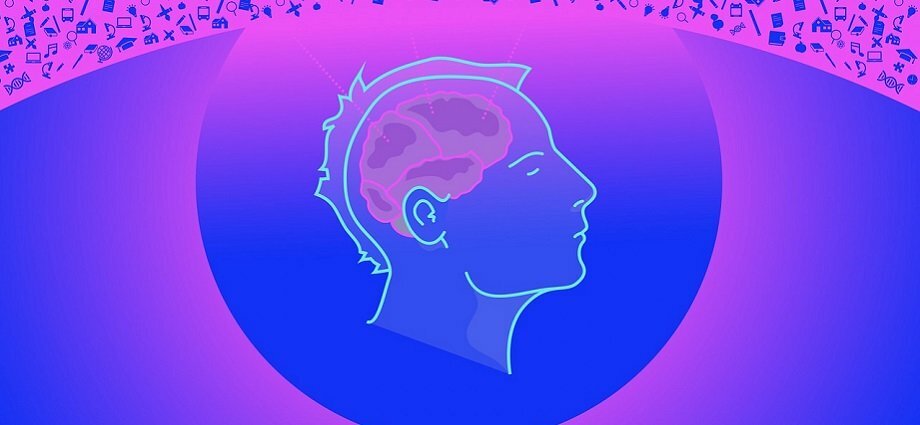Virtual reality (VR) is a technology that allows users to experience a computer-generated environment as if they were physically present in it. VR can be used for a variety of applications, including gaming, education, training, and entertainment. VR systems typically include a headset or other device that users wear on their head, which displays the virtual environment and tracks their movements. The headset also often includes sensors and other technology to provide a sense of touch and other sensations. Some VR systems also include handheld controllers that allow users to interact with the virtual environment.
Today, VR is used in a variety of industries, including entertainment, education, healthcare, and military training, and continues to evolve and advance with the development of new VR technologies.
VR in Entertainment
Virtual reality (VR) is being increasingly used in the entertainment industry to provide immersive and interactive experiences for users. Some examples of VR in entertainment include:
VR Gaming: VR gaming allows players to feel as if they are physically present in the game, providing a more realistic and immersive experience.
VR Movies and Television: VR movies and television shows allow viewers to feel as if they are part of the action and can look around the virtual environment as if they were physically there.
VR Theme Parks and Attractions: VR theme parks and attractions use VR technology to provide thrilling and interactive experiences for visitors, such as simulated roller coasters and other rides.
VR in Education
Virtual reality (VR) is being increasingly used in education as a tool for immersive learning and training. Some examples of VR in education include:
VR Training Simulations: VR training simulations allow students to practice and learn new skills in a virtual environment, without the risk of injury or other consequences of real-world training.
VR Field Trips and Virtual Tours: VR field trips and virtual tours allow students to visit and explore places around the world without physically traveling there, providing an immersive and interactive learning experience.
VR Language Learning: VR language learning allows students to practice speaking and listening to a new language in a virtual environment, improving their pronunciation and comprehension skills.
VR in Other Industries
Virtual reality (VR) is being increasingly used in a variety of other industries beyond entertainment and education. Some examples of VR in other industries include:
VR in Healthcare: VR is being used in healthcare for a variety of purposes, such as training medical professionals, providing therapy for patients, and allowing doctors to practice complex procedures in a virtual environment.
VR in Architecture and Design: VR is being used by architects and designers to create virtual models of buildings and other structures, allowing for more accurate visualization and planning.
VR in Military and First Responders: VR is being used to train military personnel and first responders in simulated scenarios, providing a safe and controlled environment for training.
Future of VR
The future of virtual reality (VR) looks promising, with advances in VR technology leading to new and exciting possibilities for its use. Some potential future developments in VR include:
Improved VR Headsets: VR headsets are likely to continue to become more advanced, with higher resolution displays and more realistic haptic feedback, providing a more immersive and lifelike VR experience.
Wider Adoption of VR: As VR technology becomes more accessible and affordable, it is likely to see wider adoption in various industries and by consumers.
Increased Use of VR in Education and Training: VR is already being used in education and training, and this is likely to continue to increase as the benefits of VR for immersive learning are realized.
VR for Teleconferencing and Remote Work: VR may be used for teleconferencing and remote work, allowing individuals to feel as if they are physically present in the same location even when they are not.

